Fish farming primarily raises fish commercially in tanks and ponds for food production. Commercial fish farming has already established itself as a lucrative business worldwide. The first fish hatchery in the USA was in Madison, Wisconsin, in 1887, but there are now several thousand. Although some fish farms in the United States raise recreational or ornamental fish, most are prepared for consumption.
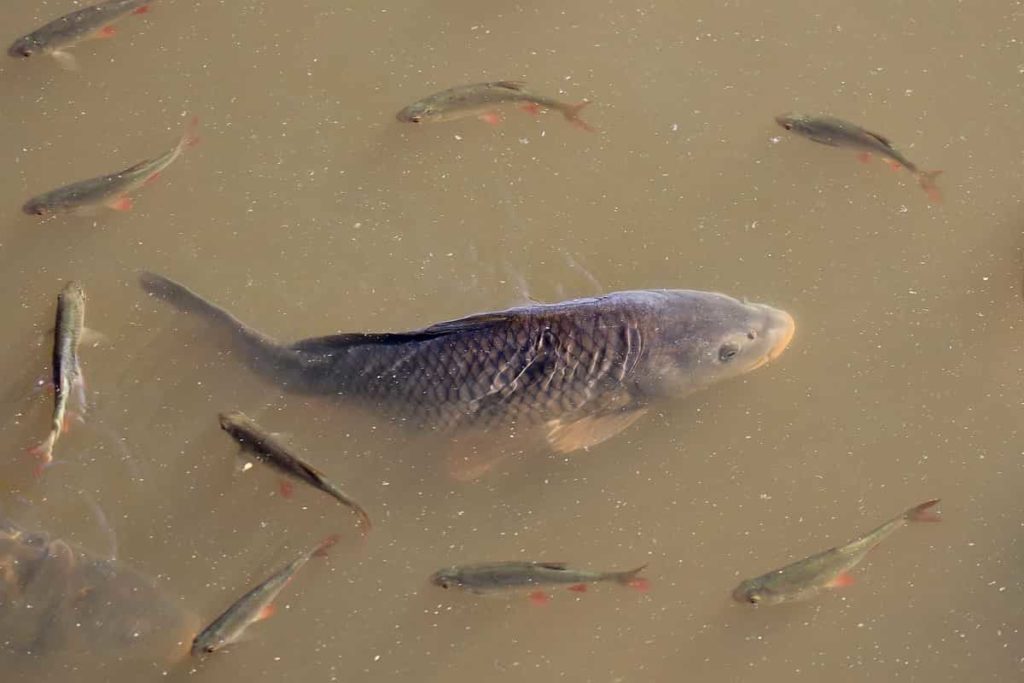
Fish can be raised in recirculation tanks, raceways, ponds, cages, or net pens. Still, the variety of a successful fish farm depends on market demand and water quality, flow, oxygen, and temperature. With a growing global population, natural fish production from the world’s lakes, rivers, and oceans will be insufficient to sustain long-term demand. To support global demand, aquaculture is an essential tool for the efficient and sustainable growth of seafood. Let’s check out more information about fish farming in the USA below.
Importance of fish farming in USA
The USDA defines aquaculture as aquaculture farming, including fish, crustaceans, mollusks, etc. The farming process involves sowing, storing, and feeding fish, shellfish, and other aquatic products in a controlled environment. The controlled environment distinguishes aquaculture from wild seafood from its natural habitat. Fish farming is the commercial rearing of fish in tanks and ponds for food production.
Commercial fish farming has already been touted as one of the most profitable enterprises in the world. Fish is a major food source, is in high demand, and with the increase in population, the prices of fish and fish-related products are increasing rapidly. Aquaculture represents a relatively small portion of agricultural production in the USA, but the industry is growing rapidly. Per capita, fish and fish product consumption in the United States has increased by more than 50% since 1970.
During the same period, global wild fish catches have not increased and, in some cases, decreased, while the cost per unit has increased. As demand for seafood increases in the United States and globally, aquaculture is becoming more critical. The USA is the world’s largest importer of fish and fisheries products and a significant player in global aquaculture, providing a variety of advanced technologies, feeds, equipment, and investment capital to other producers around the world.
While the amount of wild-caught seafood worldwide has remained the same year after year, the amount raised through aquaculture has increased dramatically. The USA imports about 70 to 85 percent of its seafood, and about 50 percent of that imported seafood is produced through aquaculture. As a result, some have hailed fish farming as a solution to the problem of overfishing.
In case you missed it: Tilapia RAS Farming (Recirculating Aquaculture System)
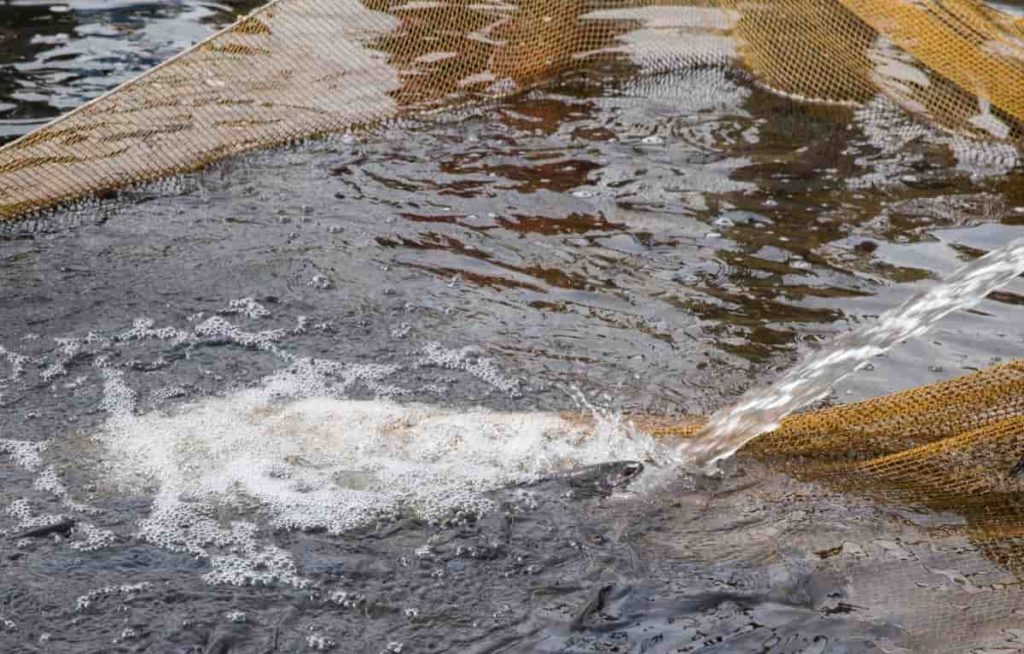
However, these farms are far from benign and can cause serious damage to the ecosystem by introducing diseases, pollution, and invasive species. Damage from fish farms varies depending on the type of fish, how it is reared and fed, the size of the product, and where the farm is located. USDA provides leadership to ensure that a healthy fish farm sector can produce a safe and affordable supply of seafood products.
USDA scientists support and conduct research that develops new fish farm technologies that maintain a healthy ecosystem, assess aquatic animals’ health, and provide responsible water to consumers. In addition, raises awareness about the health and sustainability of agricultural products. Aquaculture research, education, and extension activities also create employment opportunities and train a skilled workforce in rural communities.
Fish species available in the USA
There are five principal species of fish in the United States: catfish, trout, salmon, tilapia, and hybrid striped bass, and two non-food fish production categories (bait fish and ornamental fish). So naturally, a successful aquaculture industry depends on access to geographical features that support production. It means that some areas of the United States are more favorable for aquaculture than others. For example, with about $850 million in annual sales from aquaculture, the South is ahead of the United States in production.
It is due to the strong production of freshwater fish, especially catfish, in the waters of the Mississippi River and saltwater production in the Gulf of Mexico and the Atlantic Ocean. The West generates $ 475 million annually in aquaculture sales, mainly from Washington and California, which are major producers of shellfish but also strong freshwater and freshwater fish such as trout, tilapia, and salmon.
Catfish – The most popular species in the American fish farming industry. Usually, channel catfish have an effective rate of converting pellet feed into pounds of fish until they reach about 1 ½ pounds. Catfish are a warm-water species that actively feed and thrive in warm temperatures and tolerate lower oxygen levels than many other species.
Tilapia – This non-native breed is another type of hot water. Production facilities are indoor, often greenhouse-type structures where fish often eat small particles of water that are involved in other aquaculture or hydroponic operations.
In case you missed it: Cost of Tilapia Fish Farming in India – A Full Guide
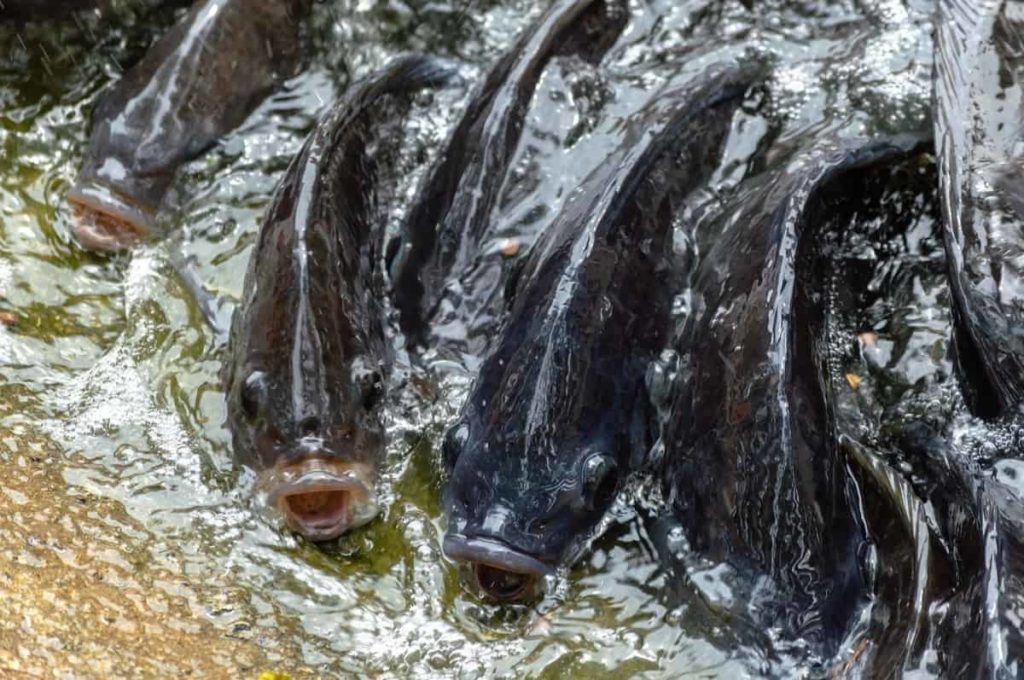
Trout – According to the Trout Farmers Association of the United States, 53 million pounds of trout, mostly rainbow trout, were raised in the United States in 2008, primarily for table fare. Trout farming requires a lot of care and high-quality, highly oxygenated cold water. Usually carried in outdoor raceways to transport water, the temperature should stay below 70 degrees.
Yellow perch – Although a small fish, yellow perch fillets are valuable. Farming this freshwater fish species in the United States has many advantages, such as feeding and training well to withstand crowds. However, the timing of effective changes and the contradictions that arise can complicate farming.
With any form, organisms are more concentrated, and thus a potential for things to go wrong. For example, it is concerned that salmon in the nets could endanger wild populations if they escape. However, fish farming in the United States certainly helps meet demand.
Pacific Cod – It is scientifically known as Gadus macrocephalus. It is a relatively large fish that grows up to three feet tall and can weigh up to 33 pounds when completed. The fish’s lower jaw has catfish-like whispers and three distinct dorsal fins. The Pacific Cod is found 3,000 feet around the Pacific Ocean and the Yellow Sea.
Fish is an essential food item in the United States, but the government regulates its fishing. Fishers have been allotted quotas using line fishing, pots, and trawls. But, then, there is not enough evidence to indicate the need to list fish as one of the most endangered species in the country.
Longnose Gar – Longnose Gar is an ancient freshwater fish found along the east coast of North and Central America. Archaeological evidence suggests that fish existed in Africa, Asia, Europe, and the Americas 100 million years ago. It is a freshwater fish; some 31 parts are found in salts per thousand. Fish live mostly in places with rock crops, plants, and nearby fallen trees. They eat small fish, insects, and crustaceans.
Larger fish also prey on smaller fish, feeding primarily at night. The fish is 15 to 20 years old, with the oldest documentary ever being 39 years old. Unfortunately, their populations are declining due to overfishing, pollution, habitat loss, construction of dams and roads, and manipulation of water systems by human activities.
Sturgeon Chub – It is a small, slender fish with a long flat snout and grows up to three inches in length. The fish’s snout resembles the Atlantic sturgeon, hence the name sturgeon chub. Spawning occurs in June when the female lays her eggs on clean sand and sometimes on gravel. The main habitat of the fish is the fast-flowing rivers under the gravel.
Dusky pipefish – Dusky pipefish is a small fish about eight inches long. Dusky pipefish is a type of pipefish that extends from Bermuda in the western Atlantic Ocean, Chesapeake Bay (United States), the northern part of the Gulf of Mexico, the Bahama, and Panama South to the Caribbean Sea.
In case you missed it: Earning 10 Lakh Per Year from Biofloc Fish Farming – A Success Story, Double Your Profit with Biofloc
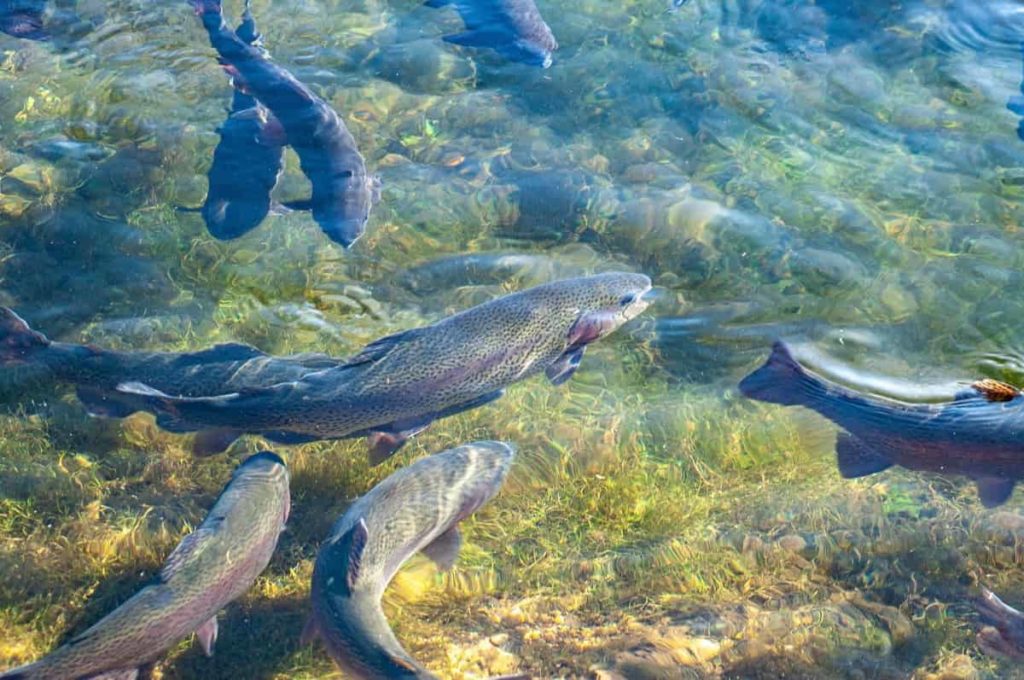
Native fish species of the United States of America
Pacific Cod, Longnose Gar, Sturgeon Chub, Dusky Pipefish, Taillight Shiner, Clearnose Skate, Vermilion Darter, Bluegill, Walleye, Atlantic Salmon.
Where does most fish come from in the United States?
The United States mainly imports seafood from China, Thailand, Canada, Indonesia, Vietnam, and Ecuador. Top imports include freshwater fish, tuna, salmon, and groundfish.
Best fish farms in the United States
There are over 1,800 fish farms in the United States, and most of them produce fish for consumption. The most popular fish raised in the United States is catfish, followed by trout, yellow perch, etc.
Ohio Freshwater Farms – Located in Ohio, it’s the largest indoor fish farm in the state. For any family, this is a great weekend break from city life.
Seattle Fish Company – The Washington-based company is known nationally for the fresh fish and seafood it produces. Some of the most popular items are salmon.
Icicle Sea Foods – With headquarters in Seattle, Icicle Sea Foods is a major player in seafood processing and has vessel-based processing facilities in Alaska. In addition, icicle has several subsidiaries like Snopac Products, Smoki Foods, Icicle Seafoods, Kodiak Salmon Packers, etc.
Segrest Farms – Founded in 1961 in Florida, the farm is one of the largest ornamental fish producers in the United States. The manufacturer of its patented item GLOFISH, a tropical and freshwater fish variety, provides its products to public aquariums, pet stores for home users, and pisci culture research institutes.
Neighborhood Fish Farms – Started in the 1970s, Neighborhood Fish Farms is one of Miami’s oldest marine and fish farms. The farm has been named one of the best for offering the best pocket-friendly prices with excellent fish quality.
Imperial Tropical – Founded in 1970 in Florida, Imperial Tropical has been one of the best-rated wholesalers in the country since its inception. High-quality tropical fish are bred in more than 100 pounds, and so are farmed species kept in greenhouses. The farm supplies its products to the largest agents and distributors in the United States.
In case you missed it: Top 50 Fish Farming Tips, Ideas, and Techniques
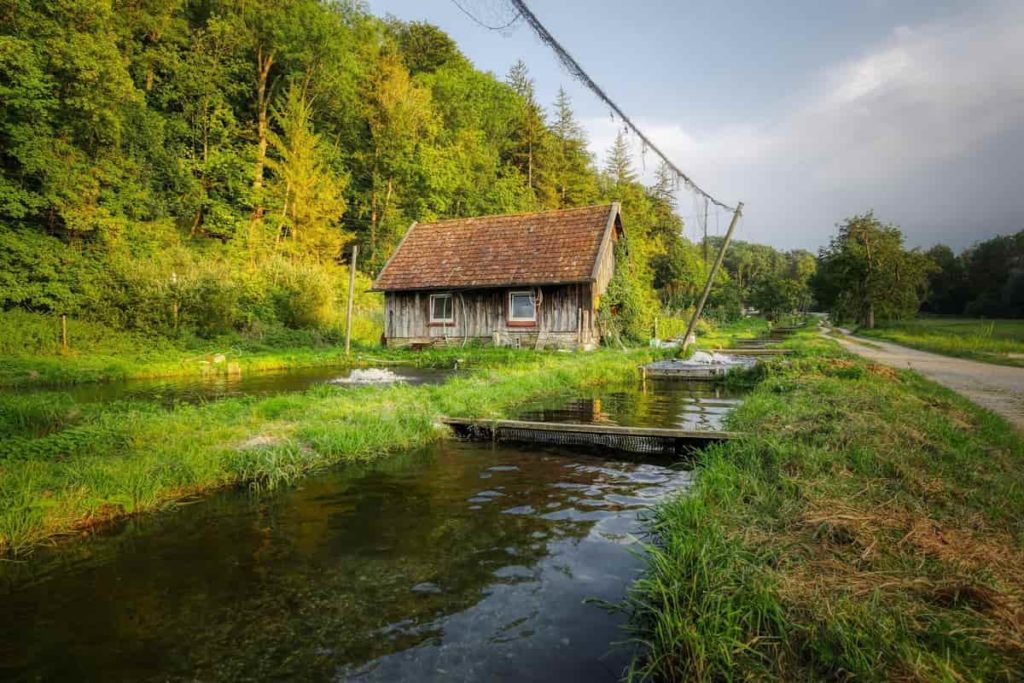
Fish farming business plan in the USA
Choose the right place to farm fish
We need to consider some factors when choosing lands, such as soil quality, size, and water source. Choose a place that is big enough. Also, consider plans so that size does not limit you as you grow your fish farming business. Soil quality directly affects the quantity of fish you get. So, select a place with high soil quality. You must test the soil to ensure it is at least 20% higher and check the relative space level.
The area mustn’t be easily flooded, which will help prevent dirty water from entering the bond. There must be fewer rocks in the ground. The constant water flow is the most important factor in fish farming. For starting a fish farm in a city or town area, you must have access to municipal water sources. If you want to start in the village area, it is important to find a place near the river, lake or creek.
Learn the skills needed for fish farming
It is important to have some skills when starting a fish farming business. Some government fish farms run training programs. You can also participate in these programs to learn skills. It will teach you how to manage water quality, control disease, market, feed, and fish farming processes. There are some important things to starting a fish farming business. They are given below;
- Make sure easy access to the pond for harvesting and feeding.
- Check the water for starting to cultivate fish, both bacteriologically and chemically.
- Understand the modern technical ways of risk assessment.
- It is important to find suppliers for fish eggs and fish food.
- Learn about the permissions and other legal requirements essential to starting a fish farming business in your area.
Procurement of equipment required for fish farming
Starting a fish farm is the same for small and large farmers. Below are some basic tools and equipment needed for a fish farming business.
- Pumps
- Fish Counter
- Water Testing Equipment
- Net / Sean Reels
- Fish Tanks / Pond
- Aeration Equipment
- Fish Graders
Find the cost of starting fish farming
There are two major types of investment in this farming business: fixed capital costs and operating costs. Capital costs are land and building, pond construction, vehicles for transportation, several tanks, oxygen meters, etc. Operating costs are the purchase of eggs or fingers, labor, chemicals, medicines, taxes, insurance, fish feed, electricity, fuel, transportation, and other maintenance costs.
Before entering the business, carefully prepare a detailed calculation of the cost of your proposed fish farming plan. According to the desired production and total land area, the calculation will change depending on the fish species you choose.
Feeding the fish
Fish species require good food to grow healthy. It means that buying supplements for fish will increase their productivity. Fish mostly eat algae, prepared fish food, or aquatic insects. You can buy pills made from soy, corn, vegetable products, and rice for feeding fish. Properly caring for and feeding your fish will make them gain weight faster and faster. You can increase the algae growth in the fish pond by just adding fertilizer.
They will grow faster, so they give additional food sources. It is best to feed fish species in the morning and the afternoon. Remember, you don’t leave unattended food in the fish pond for hours. It is because it can be toxic. When buying supplements, you insist on the species you breed because there are different supplements for different fish species.
Control diseases, parasites, and predators
Keep the fish pond clean to prevent the entry of parasites and diseases. You can get help from a professional on the right medicines that you can use to treat sick fish.
Fish harvesting
Harvesting is done by using a net or, in some cases harvesting all the fish to remove the entire water. You need to make sure that they are harvested properly and at the right time to provide quality fish to your customers.
Cage fish culture in the USA
Fish can be raised in four cultural systems: ponds, recirculating systems, raceways, or cages. A cage or net pen is a system that traps fish in a mesh enclosure. Cage and net pen are different depending on their construction. A cage has a rigid frame (on each side), and a net pen is just around the top. Marine cages are called net pens, although they have completely rigid frames and vice versa.
In case you missed it: Common Mistakes Everyone Makes in Fish Farming
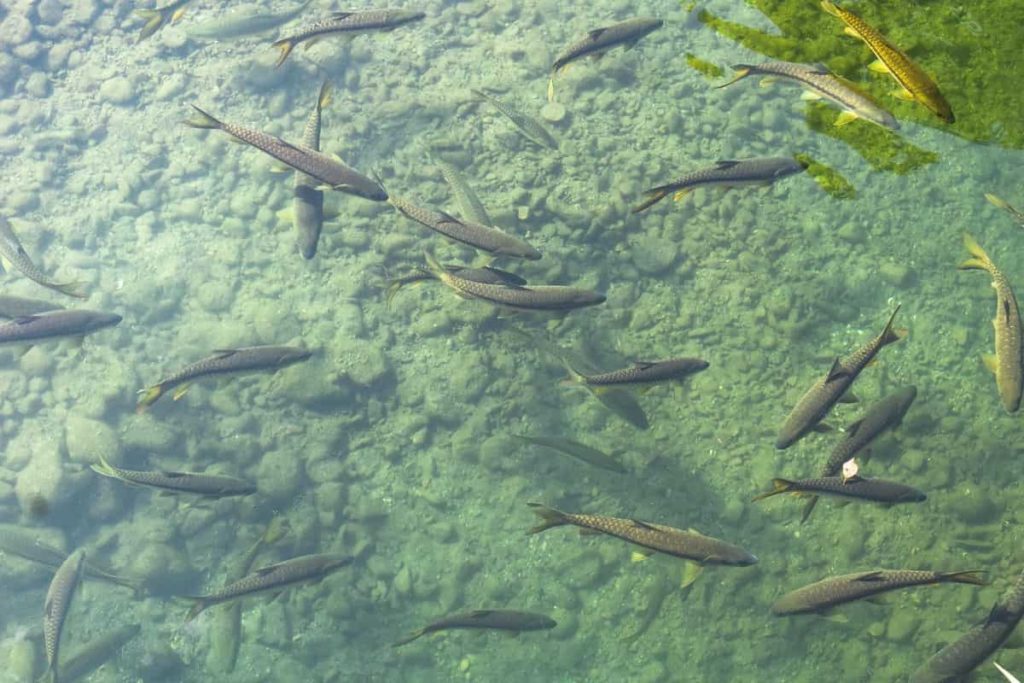
Structural differences have little effect on production methods or the environmental impact of these systems. For example, cage culture uses existing aquatic resources (ponds, rivers, pathways, high seas, etc.) but captures fish in some net enclosure. The net retains the fish, making them easier to feed, observe, and harvest. The mesh also allows water to flow freely between the fish and the surrounding water resources, thus maintaining good water quality.
Cage aquaculture involves raising fish in existing water resources, which allows the free flow of water. It is an aquaculture production system consisting of a floating frame, net materials, and a mooring system with a round or square floating net to catch large numbers of fish, and it can be installed in the pool, river, lake, or sea. Economically, cage culture is a low-impact farming practice with high profits and minimal carbon emissions.
Cultivating fish in existing aquifers removes one of the biggest barriers to fish farming on land – the need for a constant flow of clean, oxygenated water. Cage farms are designed to use natural streams, which provide the fish with oxygen and other suitable natural conditions while also removing waste.
A vast area of brackish water available in the coastal states and underwater reservoirs can be better utilized by adopting cage culture. Because the investment is low and requires little or no land area, this farming method is ideal for small to medium-sized fishers as an alternative source of income.
Biofloc fish technology in the USA
Biofloc technology is an emerging, environmentally friendly, cost-effective way to grow sustainable fish. Previously, biofloc systems were used to treat wastewater and control fish production. It gained popularity and became the top choice for fish farmers quickly. Biofloc technology began to be used commercially on aquaculture farms in Central America.
The main highlight of biofloc fish farming is that it can reduce the overall cost involved in fish farming activities. Moreover, it is a sustainable process that does not harm the environment.
Frequently asked questions about fish farming in the USA (FAQ)
How does Biofloc technology work?
In this technology, a biofloc collects microorganisms such as bacteria, algae, fungi, non-filaments, etc. The main function of microbes is to convert nitrogen-containing waste into the rest of the feed and the excretion of fish into a protein-rich diet. It works best in certain situations, including the air system, the external source of carbon, and sunlight. The nutritional value of fish food depends on the source of carbon, suspended solids, light intensity, salinity, bacteria, and other factors.
What is the largest fish farm in the United States?
Blue Ridge Aquaculture (BRA) is the largest indoor fishery globally in Martinsville. In its 100,000-square-foot facility on less than 2.5 acres, BRA collects more than 4 million pounds of protein each year in the form of tilapia.
How can I import fish to the USA?
Seafood imports into the USA are regulated by the Food and Drug Administration (FDA), the National Marine Fisheries Service (NMFS), and the Fish and Wildlife Service (FWS).
Is fish farming profitable in the USA?
Fish farming is very profitable. Like other forms of agriculture, the level of profit is rarely higher. Fish farming is a good retirement activity. Running a fish farm needs a lot of physical exertion and can be stressful.
Conclusion
In one word, fish farming in the United States is an excellent profitable aquaculture business.
- Economical Aquaculture: A Guide to Low-Budget Fish Farming
- 15 Common Planting Errors That Can Doom Your Fruit Trees
- How to Make Houseplants Bushy: Effective Tips and Ideas
- Innovative Strategies for Boosting Coconut Pollination and Yield
- Pollination Strategies for Maximum Pumpkin Yield
- The Complete Guide to Chicken Fattening: Strategies for Maximum Growth
- Natural Solutions for Tulip Problems: 100% Effective Remedies for Leaf and Bulb-Related Issues
- Revolutionizing Citrus Preservation: Towards a Healthier, Greener Future
- Natural Solutions for Peony Leaf and Flower Problems: 100% Effective Remedies
- Maximizing Profits with Avocado Contract Farming in India: A Comprehensive Guide
- Natural Solutions for Hydrangea Problems: 100% Effective Remedies for Leaf and Flowers
- The Ultimate Guide to Choosing the Perfect Foliage Friend: Bringing Life Indoors
- From Sunlight to Sustainability: 15 Ways to Use Solar Technology in Agriculture
- The Ultimate Guide to Dong Tao Chicken: Exploring from History to Raising
- The Eco-Friendly Makeover: How to Convert Your Unused Swimming Pool into a Fish Pond
- Mastering the Art of Delaware Chicken Farming: Essentials for Healthy Backyard Flocks
- 20 Best Homemade Fertilizers for Money Plant: DIY Recipes and Application Methods
- How to Craft a Comprehensive Free-Range Chicken Farming Business Plan
- Brighten Your Flock: Raising Easter Egger Chickens for Beauty and Bounty
- How to Optimize Your Poultry Egg Farm Business Plan with These Strategies
- Subsidy for Spirulina Cultivation: How Indian Government Schemes Encouraging Spirulina Farmers
- Ultimate Guide to Raising Dominique Chickens: Breeding, Feeding, Egg-Production, and Care
- Mastering the Art of Raising Jersey Giant Chickens: Care, Feeding, and More
- Ultimate Guide to Raising Legbar Chickens: Breeding, Farming Practices, Diet, Egg-Production
- How to Raise Welsummer Chickens: A Comprehensive Guide for Beginners
- How to Protect Indoor Plants in Winter: A Comprehensive Guide
- Ultimate Guide to Grow Bag Gardening: Tips, Tricks, and Planting Ideas for Urban Gardeners
- Guide to Lotus Cultivation: How to Propagate, Plant, Grow, Care, Cost, and Profit
- Agriculture Drone Subsidy Scheme: Government Kisan Subsidy, License, and How to Apply Online
- Ultimate Guide to Raising Araucana Chickens: Breed Profile, Farming Economics, Diet, and Care
- Bringing Hydroponics to Classroom: Importance, Benefits of Learning for School Students
- Ultimate Guide to Raising Polish Chickens: Breed Profile, Farming Economics, Diet, and Care
- Ultimate Guide to Raising Australorp Chickens: Profile, Farming Economics, Egg Production, Diet, and Care
- Silkie Chicken Farming: Raising Practices, Varieties, Egg Production, Diet, and Care
- Sussex Chicken Farming: Raising Practices, Varieties, Egg Production, Diet and Care
- Homemade Feed Formulations for Livestock: Discover Cost-effective Starter to Finisher Feed Recipes
I will like to have some information about a tilapia farm work in Arkansas I have a chicken farm before and I will like to know if is the same or how I do to sale the fish after they are big enough